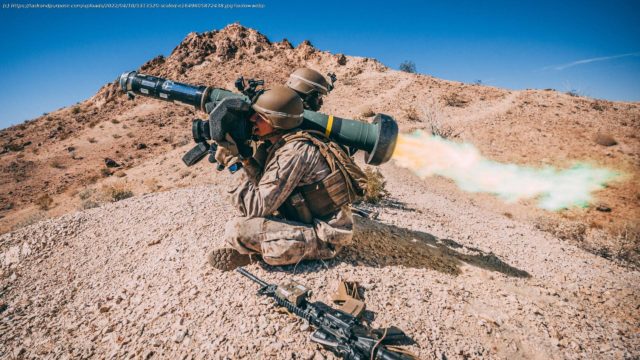Weapons such as T-72 tanks, anti-air missiles, and drones have all affected how the war in Ukraine has unfolded.
This story was published in partnership with The Center for Public Integrity. This is the ninth in a 10-part series on nuclear risk, military technology and the future of warfare in light of Russia’s invasion of Ukraine. Russia invaded Ukraine on Feb.24, just six weeks ago. While Russia’s positioning of forces near Ukraine was for months visible from space before the war began, what will happen next is hard to know, and the balance of forces may yet again shift. What can be said with more certainty is that however long the rest of the war takes, the war’s beginning is at an end. Kherson, the first Ukrainian city to fall to Russia after the invasion, is no longer fully under Russian control, a U.S. defense official told the Associated Press on March 25. Contesting Kherson is one of several fronts along which Ukrainian forces have pushed back against Russia. The long-term prospects of the counteroffensive are yet to be determined. Russia still holds significant parts of Ukraine it gained during the war, as well as the previously consolidated holds on the Donetsk region and Crimea. Pentagon Press Secretary John Kirby said at a March 30 briefing, and again March 31, that close to 20 percent of Russian forces around Kyiv are beginning to reposition, with the expectation that these forces will be used to reinforce a different front in the invasion. Zaporizhzhia, the largest nuclear power plant in Europe, remains under Russian control. The State Nuclear Regulatory Inspectorate of Ukraine reported that, as of March 27, workers had completed repairs on a transformer damaged in a March 3 firefight. So far, the first war to take place in a country with active nuclear power plants has not led to a nuclear accident or disaster. By leaving the bulk of forces around Kyiv in place, suggests analyst Michael Kofman, Russia will be able to keep Ukraine’s military stuck in fighting around the city. The fall of Kyiv, feared so imminent at the start of the invasion that the U.S. offered to evacuate Ukraine’s president Volodymyr Zelenkskyy, seems a distant possibility barring a significant change in Russian deployments. Analyst Nathan Ruser of the Australian Strategic Policy Institute, who has been tracking progress of both Russian offensives and Ukrainian counteroffensives, tweeted on March 31 that “Now, every day for the past week, Ukraine has retaken more territory than it’s lost.” When Russia invaded Ukraine, it did so with weapons designed and built for a future war against NATO in western Europe that never came.






